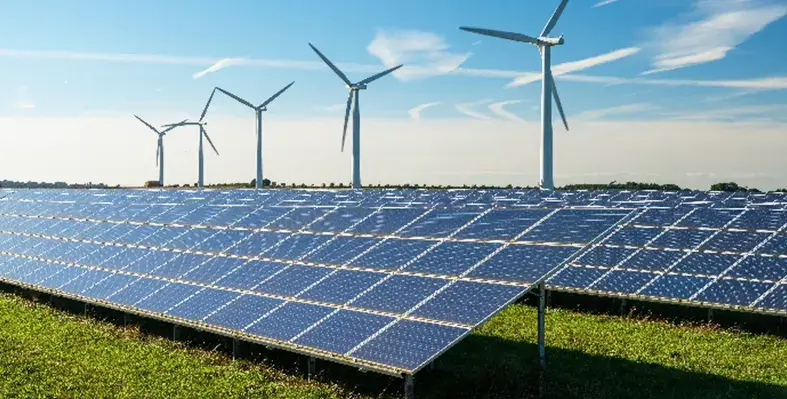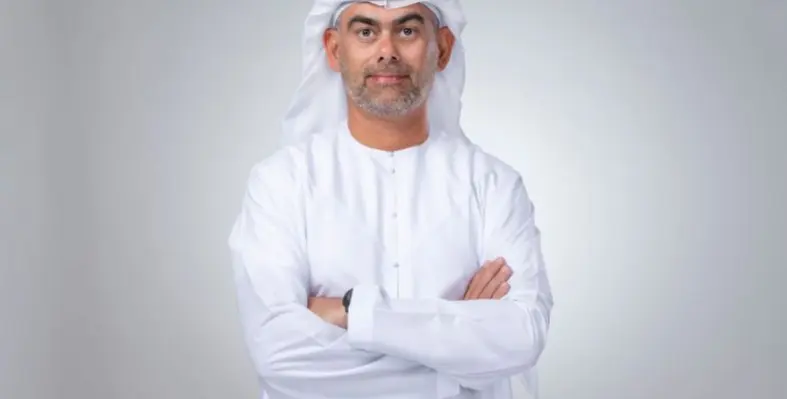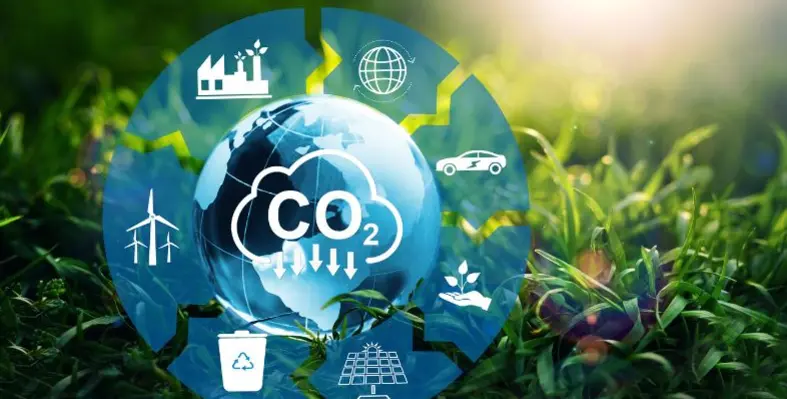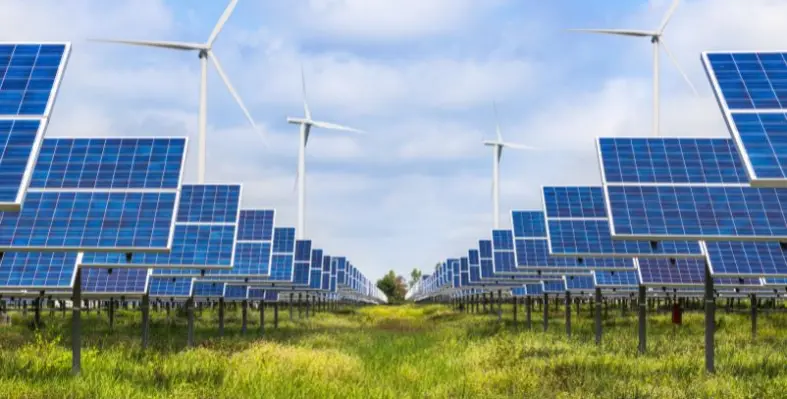
Around US$2 trillion is set to be invested in clean technologies in 2024, according to the IEA report. (Image source: Adobe Stock)
Global investment in clean energy is set to be almost double the amount going to fossil fuels in 2024, boosted by improving supply chains and lower clean technology costs, according to the IEA’s newly-released World Energy Investment 2024 Report
Total energy investment worldwide is expected to exceed US$3trillion in 2024, with around US$2 trillion set to be invested in clean technologies, according to the report. Solar PV is spearheading the transformation of the power sector, with more money is now going into solar PV than all other electricity generation technologies combined. In 2024, investment in solar PV is set to grow to US$500bn, boosted by the fall in module prices.
China is set to account for the largest share of clean energy investment in 2024, reaching an estimated US$675bn, followed by Europe and the USA, with clean energy investment of US$370bn and US$315bn respectively. The new report highlights however the low level of clean energy spending in emerging and developing economies (outside China), with the high cost of capital being a key constraint.
Grids and electricity storage have also been a significant constraint on clean energy transitions. But spending on grids is rising, largely due to new policy initiatives and funding in Europe, the USA, China and some countries in Latin America. Investments in battery storage are also on the up, but again largely concentrated in advanced economies and China.
“Clean energy investment is setting new records even in challenging economic conditions, highlighting the momentum behind the new global energy economy. For every dollar going to fossil fuels today, almost two dollars are invested in clean energy,” said IEA executive director Fatih Birol.
“More must be done to ensure that investment reaches the places where it is needed most, in particular the developing economies where access to affordable, sustainable and secure energy is severely lacking today.”
Clean energy investment on the rise in the Middle East
Clean energy investment in the Middle East is rising, but it remains dominated by the region’s traditional role as a supplier of oil and gas, the report notes. Energy investment in the Middle East is expected to reach approximately US$175bn in 2024, with fossil fuels predominating and clean energy accounting for around 15% of the total investment.
“The region’s power sector holds a distinct opportunity for increasing investment in clean energy technologies, notably for solar PV,” the report comments. “Harnessing these resources could substantially decrease reliance on both oil and gas in the power sector. Saudi Arabia, for example, is targeting 130 GW of renewable capacity by 2030, up from less than 5 GW today. Projects including the large Al Shuaibah solar plant in Saudi Arabia and the Mohammed bin Rashid Al Maktoum solar park in UAE are underway. Various countries have also announced blue and green hydrogen investments, as well as intensifying investments in critical minerals.”







